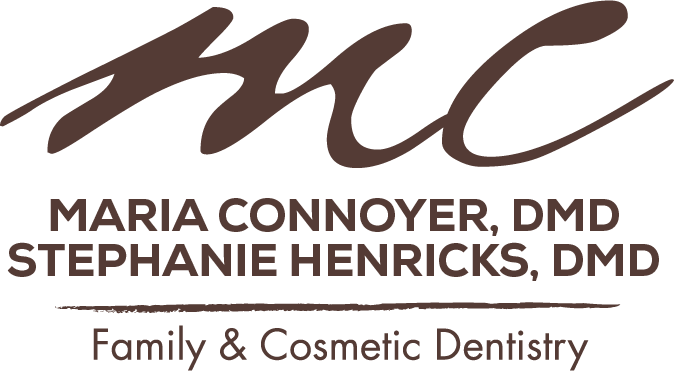Head/Neck/Oral Cancers
The human papillomavirus (HPV) is the most common sexually transmitted disease in the United States, with 14 million new cases yearly. According to the CDC, there are more than 40 types of HPV, but most are cleared from the body by the immune system without causing any health problems.
Still, some types of HPV affect the mouth and throat. Low-risk strains can cause mouth or throat warts, but high-risk strains are associated with head and neck cancers (also known as oropharyngeal cancers) that affect the mouth, throat, tonsils, and back of the tongue. Oral cancer is just one type of head and neck cancer. Data from the CDC indicate that about 7% of people have oral HPV, but only 1% have the type of oral HPV found in head and neck cancers.
How Common Are HPV-Related Cancers?
HPV is now associated with 9,000 cases of head and neck cancers each year in the United States, according to the CDC. It is four times more common in men than women.
What Are the Symptoms of HPV-Related Head and Neck Cancers?
Signs and symptoms include:
- A sore, or soreness or irritation that doesn't go away
- Red or white patches, or pain, tenderness, or numbness in mouth or lips
- Lumps, thickening tissues, rough spots, crusty or eroded areas
- Difficulty chewing, swallowing, speaking, or moving your jaw or tongue
- A change in the way your teeth fit together when you close your mouth
Some patients complain of a persistent sore throat, feeling like something is caught in their throat, hoarseness, a change in voice, earaches, pain when swallowing, and unexplained weight loss. If you have any of these symptoms, let your dentist know, especially if you've had them for two weeks or more.
Where Do HPV-Positive Head and Neck Cancers Develop?
HPV-positive head and neck cancers typically develop in the throat at the back of the tongue and near or in the tonsils' folds, making them difficult to detect.
Although people with HPV-positive cancers have a lower risk of dying or having recurrence than those with HPV-negative cancers, early diagnosis is associated with the best outcomes. Regular dental checkups that include examining the entire head and neck can be vital in detecting cancer early.
*Citation* https://www.mouthhealthy.org/all-topics-a-z/hpv-and-oral-cancer
Oral Cancer Screenings
Historically, it has been challenging to determine which abnormal tissues in the mouth are worthy of concern. The average person routinely has conditions in their mouths that mimic the appearance of pre-cancerous changes and very early cancers of the soft tissues. One study determined that the average dentist sees 3-5 patients a day who exhibit soft tissue abnormalities, the majority benign. Even the simplest things, such as a canker sore (herpes simplex), the wound left by accidentally biting the inside of your cheek, or sore spots from a poorly fitting prosthetic appliance or denture, all at first examination share similarities with dangerous lesions. Some of these conditions cause physical discomfort, and others are painless. The question is, which ones deserve action and bear watching and waiting?
There has been a tendency to watch these areas over an extended period to determine whether they are dangerous. Unfortunately, this philosophy leads to a dangerous lesion that may continue to prosper and grow into a later stage, hard-to-cure cancer. Any sore, discoloration, induration, prominent (exophytic) tissue, irritation, hoarseness, complaints of difficulty in swallowing, or unilateral earaches, which do not resolve within two weeks on their own, with or without treatment, should be considered suspect and worthy of further examination or referral.
Besides a routine visit to the dental office for regular examinations, it is the patient's responsibility to be aware of changes in their oral environment. When these changes occur, they need to be brought to the attention of a qualified dental professional for examination. Taking the time to give the patient a "guided tour" of the important areas of the oral environment to examine at home is a worthy endeavor. The dental professional must be current in the knowledge base necessary to make a proper choice if the suspect tissue is worthy of the referral and be competent in the appropriate screening procedures to identify oral cancer.
*Citation* https://oralcancerfoundation.org/
